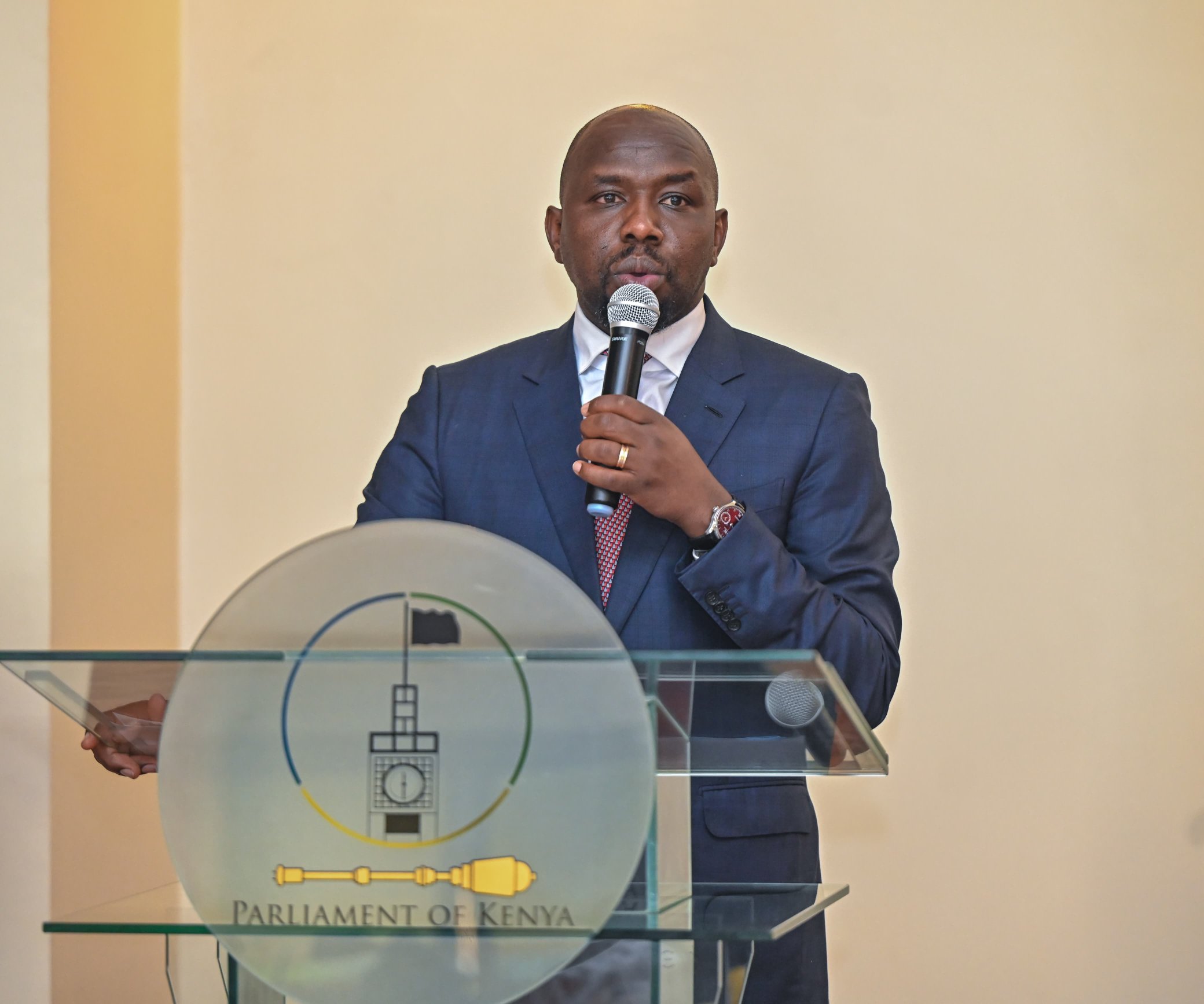Must schools teach the entire syllabus as prescribed in the curriculum? Alternatively, should they only teach topics that are likely to be examined in national tests?
This was the gist of a conversation that took place in a staffroom in a secondary school some years ago.
A teacher, who was also an examiner, triggered the argument. Apparently he didn’t see the reason he should waste time teaching topics that could not be tested in the final exams. Other teachers took a contrary view.
Teachers are expected to teach or cover all topics in the syllabus. It doesn’t matter whether questions will be drawn from this or that topic, they argued.
It got me really disturbed. For two reasons. It never crossed the minds of teachers in the 70s, 80s and the better part of 90s to think about which topics in the syllabus to teach. They taught the entire syllabus as prescribed by the Ministry of Education. Nor was the idea of syllabus coverage the byword in their conversation day in, day out.
I personally never heard teachers in my primary, secondary and high school education — 13 years of schooling — talking about the syllabus or its coverage. They simply taught us. Today, even a Grade Two child knows a word called syllabus!
To teach or not to teach the entire syllabus shouldn’t be a subject of conversation in school or anywhere.
The overriding goal of formal education is to provide learners essential knowledge, skills, attitudes, values and behaviour. The syllabus is an instrument for imparting or, in today’s language, facilitating the acquisition of all these capabilities.
The examinations students sit at the end of a school cycle is an adjunct to education. It is meant to assess how well schools are imparting what former Education minister Dr Julius Gikonyo Kiano described during the Second Conference on Teacher Education on 6 May, 1968 as “those bodies of knowledge in the curriculum which are judged by the nation as a whole to be important areas of knowledge which every child should possess”.
Grading and certification are purely for administrative purposes: for decisions on work, career, and further education.
To decide what to teach and not to teach in the context of examinations is to lower the rigour and the coherence the curriculum or syllabus represents.
Curriculum rigour essentially means that the syllabus is organised around concepts or ideas that are first of all from simple or concrete to complex or abstract concepts or ideas. They are also broken down into small pellets or capsules for instructional or teaching purposes — for ease of digestion or understanding by learners.
Suffice to say that skipping a topic or topics for whatever reasons is unprofessional. It creates disconnection, incongruence, and dissociation in the minds of the learners.
Ultimately, teaching smart, which is what skipping topics amounts to, is what experts in education assessment call teaching to the test.
W. James Popham, an assessment expert, refers to this kind of teaching that is focused directly on test items or on items much like them as item-teaching.
On the other hand, Popham, emeritus professor at the University of California-Los Angeles Graduate School of Education and Information Studies, refers to teaching that is directed at the curricular content (knowledge or skills) represented by test items as curriculum-teaching.
“Curriculum teachers focus on the full body of knowledge and skills represented by test questions even though tests can employ only a sample of questions to assess students’ knowledge about a topic,” Popham says.
He continues: “Item teachers narrow their instruction, organizing their teaching around clones of the particular questions most likely to be found on the test — and thus teach only the bits of knowledge students are most likely to encounter on exams.”
Skipping topics, teaching smart, teaching to the test degrades the quality of education that a national educational system plans for its children. It compromises the efforts governments across the globe makes to prepare their children to cope with and manage the future.
It causes serious gaps in the intellectual furniture and discipline of learners.
— The writer is a
Communication Specialist; [email protected]

















